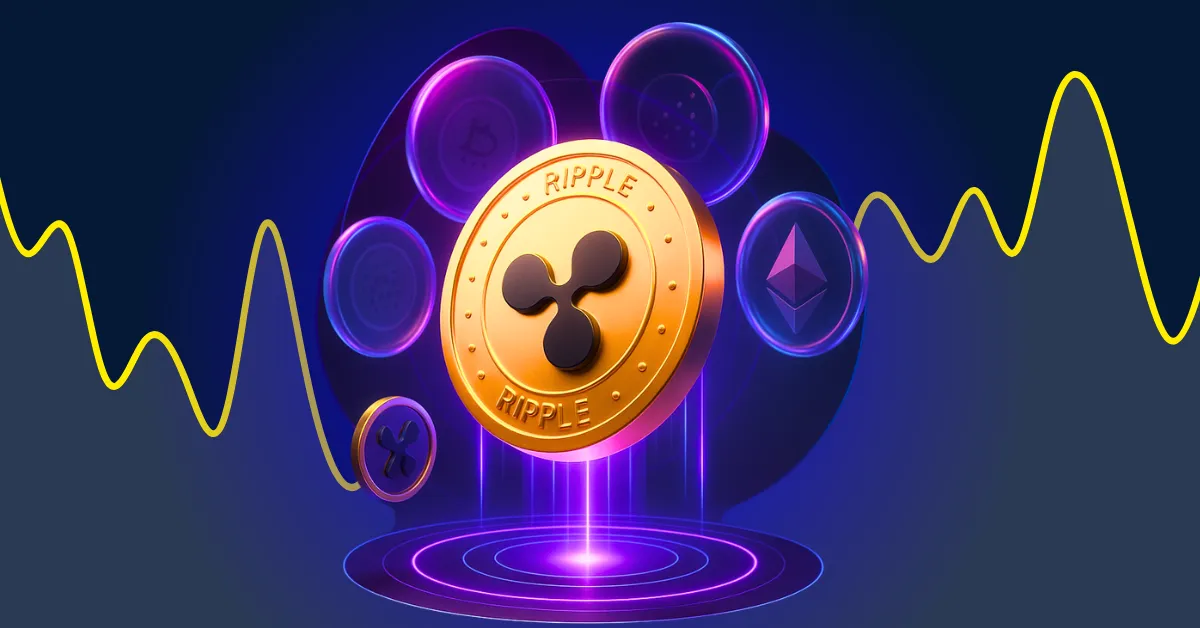
A viral post on X has kicked off a heated debate in the crypto community: could Meta really be looking to acquire Ripple’s business units? The idea has sparked comparisons to MicroStrategy, now Strategy, with Ripple positioned as a crypto-native version of the Bitcoin-heavy company. But not everyone agrees with the narrative. Digital Perspectives founder Bradley Kimes believes the XRP Ledger’s mission stretches far beyond what Meta might want.
Here’s a closer look at the rumor, the comparisons, and what it could mean for Ripple, XRP, and the wider crypto world.
In this fictional scenario, Meta is looking to acquire Ripple’s payments, custody, and stablecoin divisions while Ripple keeps its XRP tokens. This has raised eyebrows as Ripple’s XRP holdings alone are worth far more than its entire business valuation.
Ripple currently holds a staggering 44.8 billion XRP tokens, valued at $2.50 each. That’s a total value of $113 billion. Yet, Ripple’s business valuation stands at just $15 to $30 billion, highlighting the massive gap between XRP’s value and Ripple’s operations.
This leaves the question: Could Ripple, like MicroStrategy, become a pure XRP-holding company if it sold its business units?
MicroStrategy has gained a reputation as the biggest institutional Bitcoin holder, with over 568,000 BTC on its balance sheet. Its stock performance closely mirrors the price of Bitcoin, making the company a kind of Bitcoin proxy.
Ripple could potentially take a similar route. If it sells off its business units, it might become a company that holds XRP as its primary asset, linking its future entirely to the token’s performance. That could create a clearer picture for investors and XRP holders who have often questioned whether Ripple’s business moves truly benefit the token.
For Meta, acquiring Ripple’s crypto infrastructure could be a strategic win. It would give Meta the tools to build more secure and regulatory-friendly payment solutions across platforms like Instagram, WhatsApp, and Threads.
With Ripple’s tech under the hood, Meta could roll out new stablecoin and payment functionalities, adding financial features directly into its apps and creating a smoother user experience in the Web3 space.
Despite the growing speculation, Bradley Kimes believes the XRP Ledger’s potential isn’t limited to powering payments on social media platforms.
He argues that XRPL was built for a much bigger purpose: to help reshape global finance. From cross-border payments to central bank integration, the XRP Ledger’s use cases go far beyond what Meta would need or use. In Kimes’ view, the technology was never designed to serve just one corporate interest, no matter how large.
Whether this scenario remains fictional or hints at a future deal, it’s sparking serious conversations about Ripple’s direction. With XRP holdings worth far more than its business units, some believe the company might shift focus to simply holding XRP – just as MicroStrategy did with Bitcoin.
Meta would gain Ripple’s crypto infrastructure, boosting payments and stablecoin features across its social platforms.
Ripple holds about 44.8 billion XRP, valued around $113 billion—far exceeding its business valuation.
In a recent interview, Sal Gilbertie, CEO of Teucrium Trading, opened up about his firm’s…
Jim Cramer revealed he intends to “own” Bitcoin and Ethereum to protect his children’s financial…
The US Securities and Exchange Commission (SEC) recently made headlines by granting approval for Bitwise’s…
Square has launched Square Handy, a compact and durable mobile POS terminal designed for Japan’s…
New U.S. stablecoin legislation is driving a significant increase in stablecoin issuance from banks, asset…
Robinhood has introduced staking for Ethereum (ETH) and Solana (SOL) to its U.S. customers, enabling…